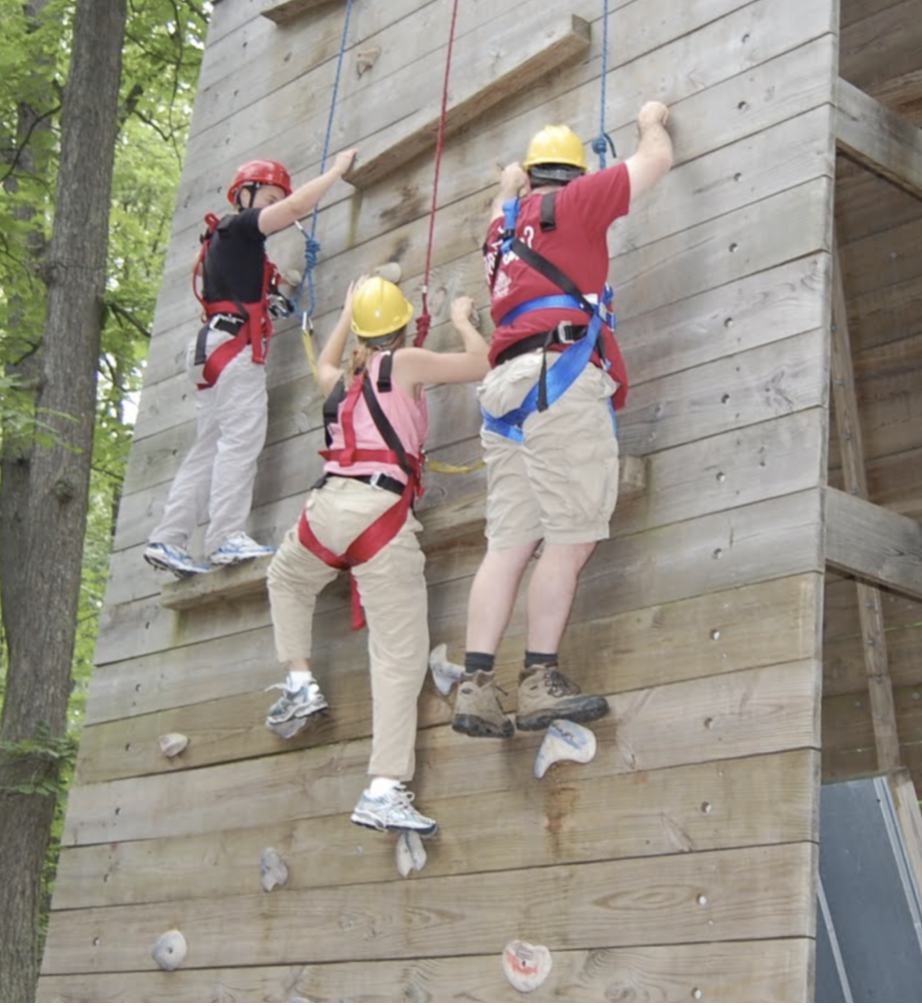Enlisting in the Navy straight out of high school was my ticket to adventure, an escape from the confines of a small town named Darien in SE Georgia. Little did I know that this decision would shape the course of my life in ways I could never have imagined.
My journey began aboard the USS Francis Hammond (FF-1067) in Yokosuka, Japan, the land of my mother’s heritage. The experience fueled my desire to excel, leading me to apply for a commissioning program. To my surprise, the Navy awarded me a scholarship to the prestigious University of Florida, where I delved into the world of Material Science and Engineering, earning my degree through relentless dedication.
Upon commissioning, my path took me through various naval vessels and roles. I served as a Fire Control Officer and Navigator aboard the formidable USS O’Bannon (DD-987) in Charleston, SC, and Mayport, FL. Later, I assumed the position of Cruise Missile Training Officer in the vibrant city of San Diego, CA.
Despite the enriching experiences at sea, I yearned for something more, a chance to broaden my horizons beyond Surface Warfare. With this burning desire, I made a lateral transfer to the Public Affairs Community, diving headfirst into a realm where words and communication held the power to shape perceptions.
My journey as a Public Affairs Officer was as diverse as it was challenging. I found myself in the midst of Operation Enduring Freedom, serving as the PAO for the USS John C. Stennis (CVN-74), witnessing firsthand the resilience and dedication of our troops in the face of adversity.
Transferring to Bethesda Naval Hospital, now known as Walter Reed, opened my eyes to a different kind of battlefield—one of healing and hope. Here, a generation of warfighters found solace and regained strength. It was an honor to serve as their voice, ensuring their stories were heard and their sacrifices recognized.
The Office of the Secretary of Defense beckoned me next, where I assumed the role of a spokesman for detainee affairs in Guantánamo Bay, Cuba. Each day was a relentless battle against the media’s scrutiny, constantly addressing concerns about the well-being of our Gitmo detainees. After two years of the taxing back-and-forth between D.C. and Camp Delta, I yearned to return to the realm of military medicine.
A new chapter awaited me as the PAO for the Surgeon General of the Navy, a position that demanded extensive travel to visit our medical forces across the United States and abroad. Witnessing the dedication and unwavering commitment of our medical personnel was a humbling experience that reaffirmed my belief in the power of compassion and service.
My final duty in the Navy led me to the U.S. European Command and NATO’s Supreme Allied Commander, where I traversed the enchanting landscapes of Europe, all while visiting our troops in Afghanistan. These journeys deepened my appreciation for the sacrifices made by our servicemen and women and highlighted the importance of their unwavering dedication.
However, the relentless demands of military life took their toll, culminating in the unraveling of my marriage. The stressors proved insurmountable, and in November 2009, I made the difficult decision to retire after 20 years of combined service. It was time for a fresh start, a chance to reboot and embark on a new career in the private sector.
Fortunately, the Veterans Affairs offered generous GI Bill education benefits, allowing me to pursue my dreams at the George Washington University School of Business. As I enrolled in the Executive MBA program, I felt a sense of belonging among senior managers who were already navigating the complexities of the workforce. The program’s reputation had skyrocketed during the Great Recession, attracting individuals eager to redefine their careers through education.
Before the semester began, our cohort embarked on a transformative retreat at the picturesque Homestead Resort in Hot Springs, VA. Far from the confines of traditional classrooms, we delved into leadership development through immersive experiences and invigorating discussions.
One memorable morning, we set off on a hike down the Allegheny Mountain gorge trail. As we maneuvered through the dense forest, past the captivating cascade falls, we arrived at a vast grassy field adorned with a towering structure known simply as the Tower. Its imposing height of 40 feet seemed to challenge our very essence.
Life, much like this Tower, presents countless obstacles—both personal and professional. Confronting them head-on requires teamwork, relying on the support of those around us. To succeed as a team, we must intimately understand one another’s strengths and weaknesses, both physical and mental. The deeper our knowledge, the better equipped we are to lend a helping hand.

The Ropes Course, a metaphor for problem-solving, awaited our ascent. It demanded that we confront our fears and climb onward. With each step up, we relied on our teammates’ unwavering support.
As we suited up in safety harnesses, we understood the crucial role this equipment played in our journey. Each three-member team embarked on the ascent, encountering the challenge of not enough steps for all to climb simultaneously. It became a dance of stepping down to allow others to proceed—a testament to the power of collaboration.
The rope handlers, vigilant and encouraging, guided the climbers’ every move. Their expertise ensured our safety, but the onus to conquer the wall lay with us. They wouldn’t pull us up; we had to figure it out on our own.
When my turn arrived, I knew I could trust my teammates, Senodja Walker and Amir Moore. With their guidance, I found my footing and climbed toward the unknown.

As we scaled the wall and descended triumphantly, the Belay teams kept a watchful eye, expertly managing the ropes. Slack was removed when needed, but they refrained from pulling us up. We had to learn to rely on ourselves and each other.
One step at a time, we conquered the wall, symbolizing life’s journey—rarely simple, often fraught with challenges, setbacks, and obstacles. Yet, through persistence, we can achieve our goals, even when forced to scale life’s vertiginous heights.
The EMBA program continued, and our class divided into five groups, each consisting of four individuals. Together, we embarked on projects that would test our skills and redefine our understanding of collaboration.
One particular project involved working with the Airline Pilots Association (ALPA), the world’s largest airline labor union, with a staggering 53,000 members and 40 airlines across the United States and Canada.
During a conference call on Skype, I extolled the virtues of social media in the aviation industry, citing successful examples from airlines like JetBlue and Delta. However, my classmate Eli vehemently disagreed, dismissing social media as a solution to everything.
Exasperated, I slammed the phone down, abruptly ending the call. Seeking solace and understanding, I dialed Senodja’s number, expressing my frustration with Eli’s stubborn refusal to embrace social media’s potential.
“Wish you could join my team, but we’re already maxed out,” Senodja sympathized.
“Perhaps I should strive to understand Eli’s perspective better, to discuss our differences openly,” I pondered.
“Or,” Senodja proposed, “you could transfer to the Professional MBA program, where a wider selection of classes and a diverse group of individuals would appreciate the value of social media. It may take longer, but it could be the fresh start you seek.”
Her words resonated, planting the seed of change in my mind. Perhaps a different path held the key to my transformation and the realization of my aspirations.
